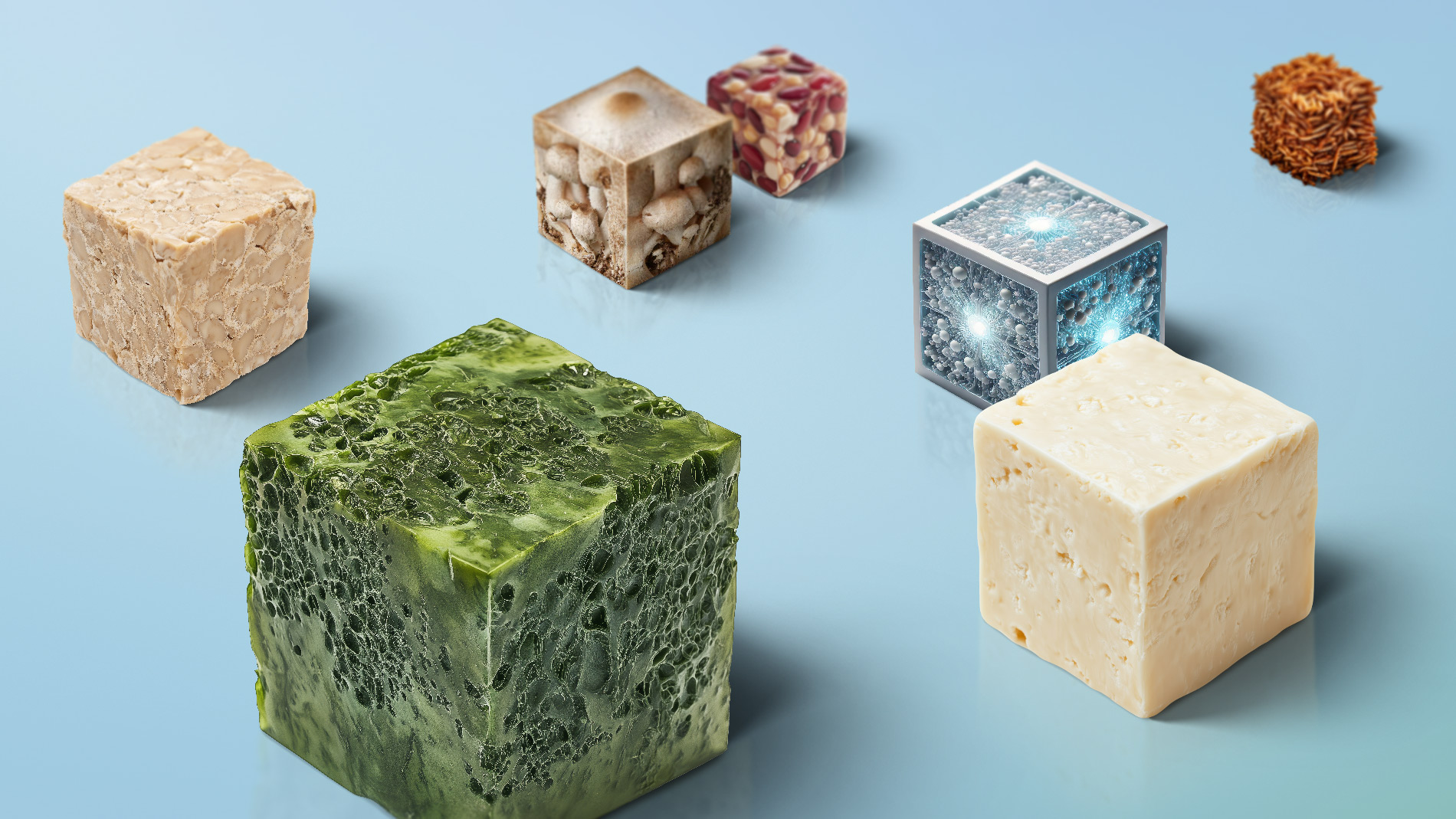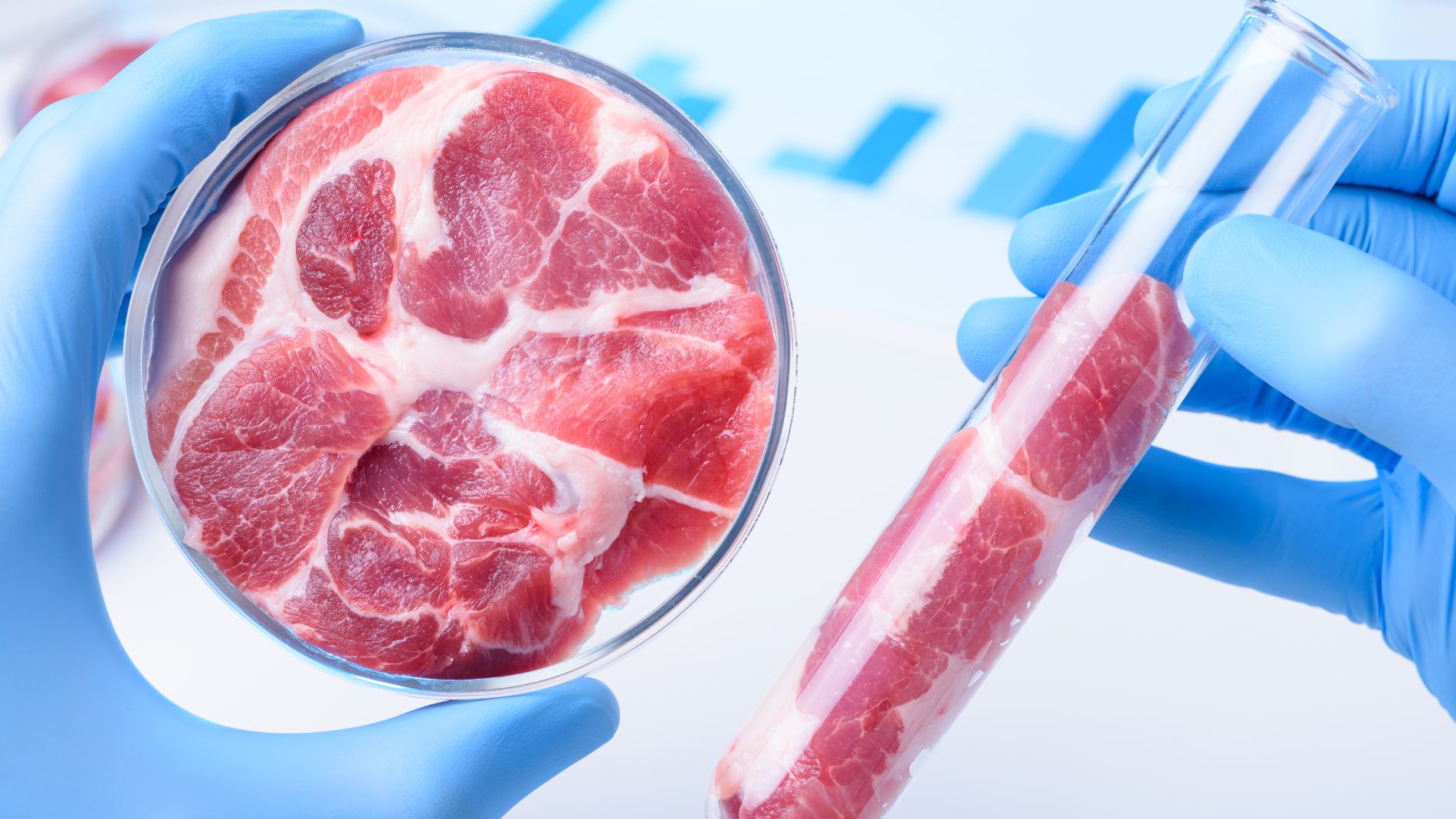The term ‘alternative proteins’ comprises all sources of protein that are not of animal origin. These include proteins from plants, such as legumes or grains, but also proteins from mushrooms and algae, insect protein and cell cultures (‘lab-grown meat’).
With a share of 60 - 70 % plant-based proteins make up the largest proportion of alternative proteins. Alternatives made from algae and mushrooms each account for 5 - 10 %. Insect protein and cell culture products stand for an even smaller share of the alternative protein market. (As of 01/2025)
The growing market for alternative proteins is creating new business opportunities and promoting innovation in food technology. Many meat and dairy processors are adapting to the market by diversifying their product portfolio and adding alternative proteins to their range. Valuable synergies between the traditional and new protein worlds are also emerging through collaborations with start-ups in the field of alternative proteins.
However, adapting to the market requires more than just developing new products. To appeal to new, often younger target groups and to win them over as customers, new marketing strategies are also needed.
Alternative proteins from vegetable proteins
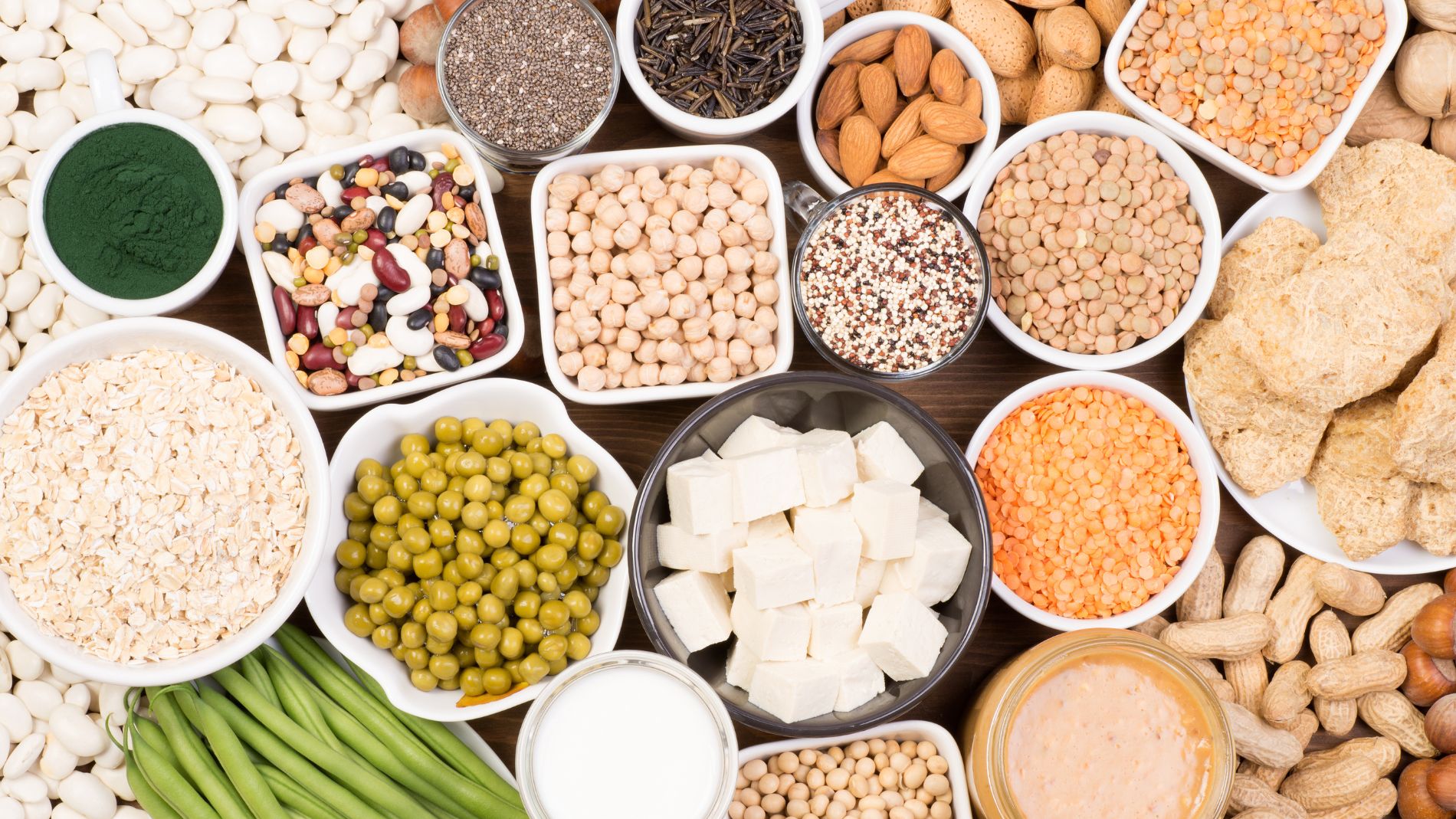
The source of vegetable protein is plants or seeds containing protein, such as pulses (also known as legumes), nuts or seeds. Cereals and vegetables also contain vegetable proteins.
- Pulses: Soya, lentils, peas, lupins, field beans...
- Nuts and seeds: Almonds, hazelnuts, sunflower seeds, hemp seeds, pumpkin seeds...
- Cereals and vegetables: Wholemeal products, oats, wheat, amaranth, quinoa, rice, jackfruit...
When following a vegan diet, it is important to remember that the human body is less able to absorb plant proteins than animal proteins. Furthermore, the majority of protein-rich plants only contain some of the essential amino acids. The exception is the soybean, which contains all essential proteins.
The demand for plant-based alternatives is continuously increasing. More and more consumers are choosing flexitarian, vegetarian or vegan diets. The better environmental balance of plant-based proteins, animal welfare, but also food intolerances such as lactose intolerance are reasons for the change in diet.
Both alternative proteins from mushrooms and algae contain a lot of protein and other nutrients (vitamins, minerals, dietary fibres).
Mushrooms1 are well suited for meat substitutes due to their nutty-earthy flavour (‘umami’) and their texture.
Both algae and mushrooms have a good environmental balance. Mushrooms can grow on organic waste and feed on it. Algae2 are naturally rich in protein. They also do not need fresh water to grow and can bind CO2.
Alternative proteins from insect protein
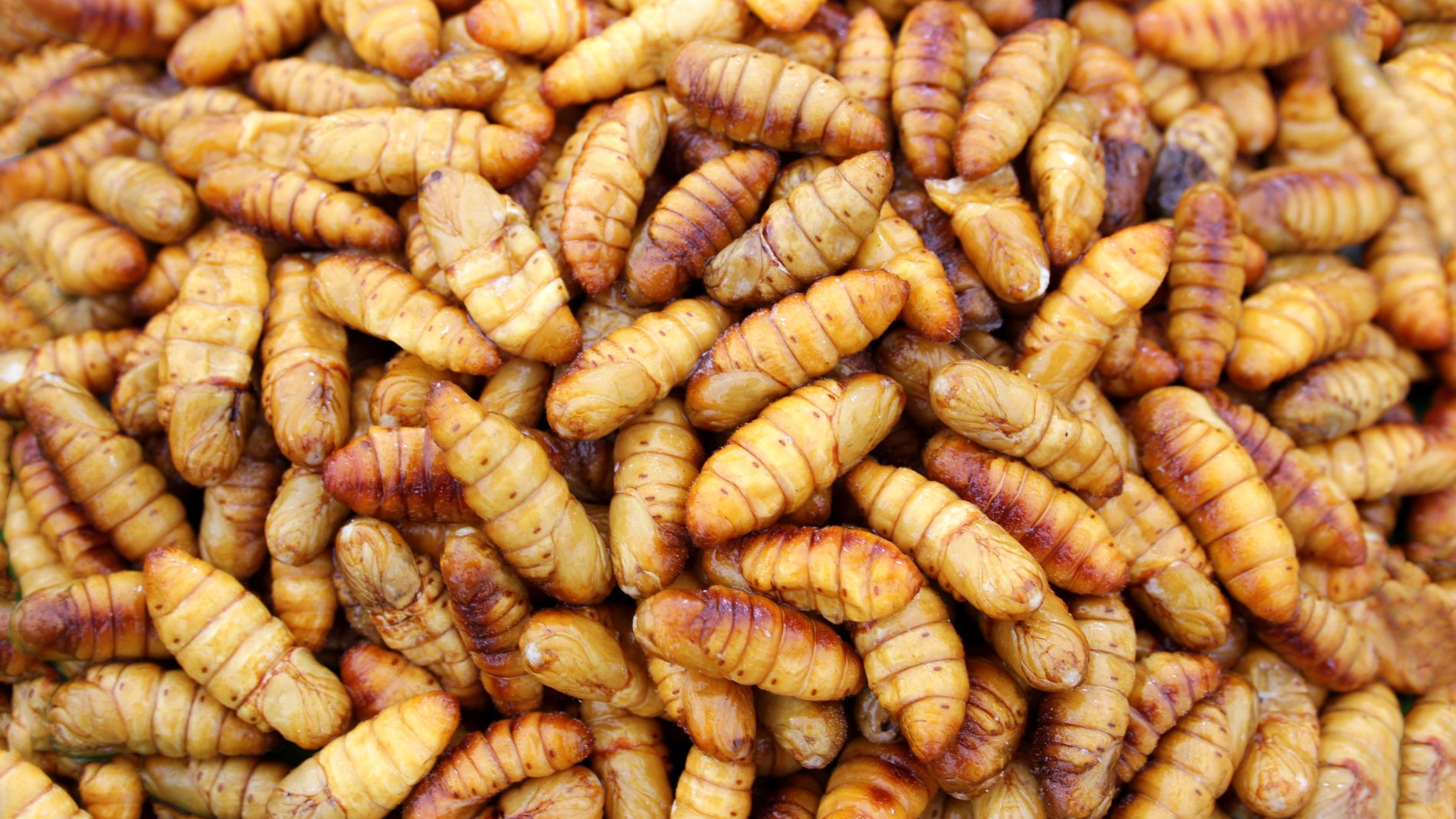
Edible insects are rich in proteins and vitamins. Compared to livestock, they often contain the same amount or even more high-quality, easily digestible animal protein. Since insects grow quickly and require only few resources and little space they have an extremely advantageous ecological footprint. The latter is even enhanced by the capability of insects to convert organic waste into high-quality protein.
As a regionally available source of protein, insect protein3 is a potentially sustainable solution for global food security. Insect protein can help manufacturers of animal feed and manufactures of food to improve their carbon footprint.
With regard to by-products from food processing and organic waste, insects have great potential as upcycling specialists.4
Alternative proteins from cell cultures
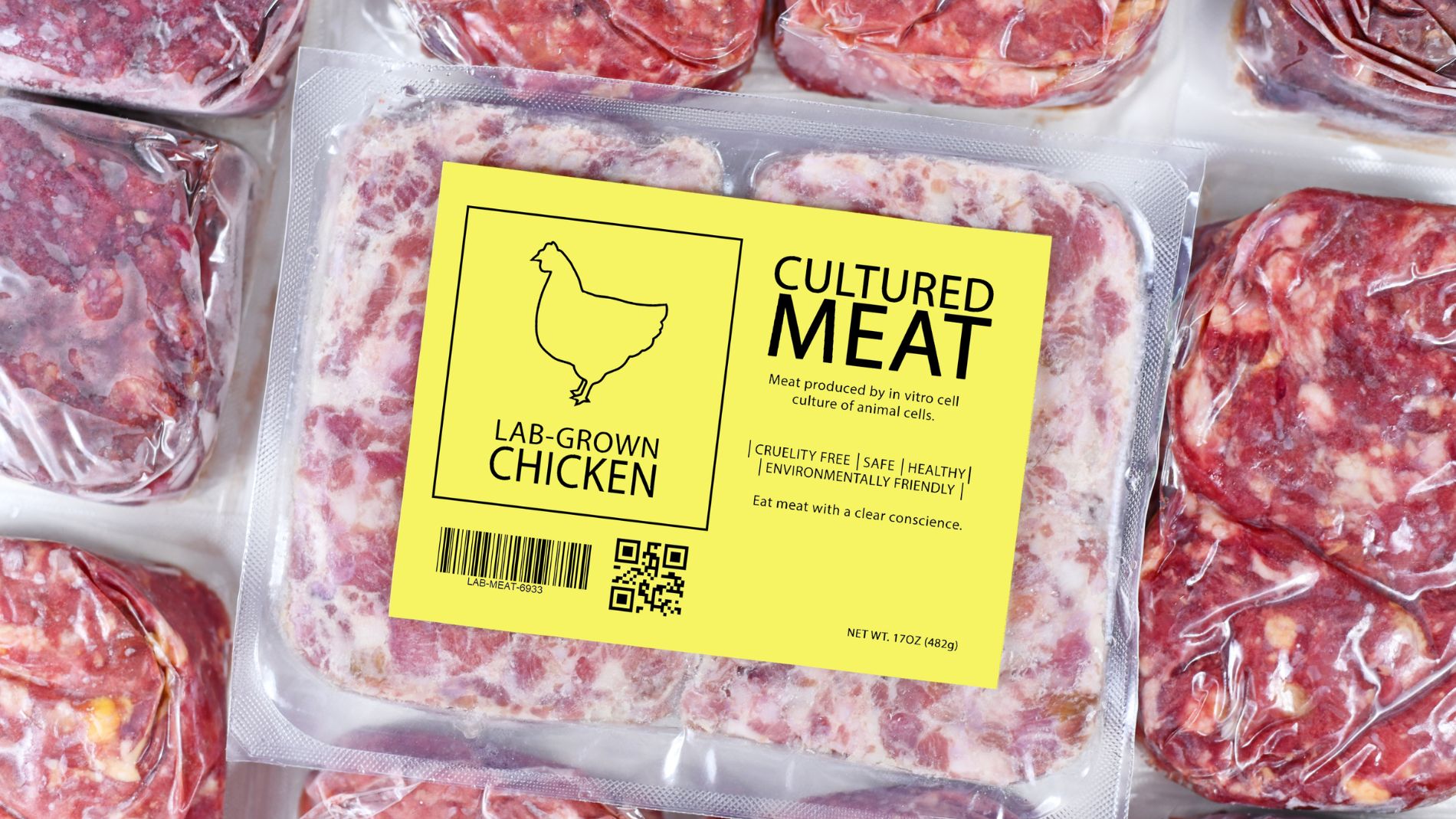
There are many different names for food made from cultured proteins. Whether it is cultured meat, lab-grown meat, cell meat, new meat, lab-grown fish, fish alternatives, vegan salmon, cell cheese or veggie cheese – all these products are made in the laboratory using biotechnological processes involving cell cultivation.
As an alternative to traditional animal husbandry, meat or fish tissue is produced in a fermenter. In the case of cell cheese, microorganisms such as bacteria or yeasts are used to produce proteins from different substrates.
Sources:
1 Algae Protein Market Size, Share & Trends Analysis Report By Type (Spirulina, Chlorella), Source (Freshwater Algae, Marine Algae), By Application, By Region, And Segment Forecasts, 2025 - 2030. 27.01.2025
2 Insights Mycoprotein Market. 27.01.2025.
3 Edible insects: future prospects for food and feed security. FAO Forestry Paper 171, Rome, 2013. 27.01.2025.
4 Cultured Meat Market: Industry Trends and Forecasted Estimates to 2050 - Distribution by Source of Meat, Type of Cultivation Technique, Form of Meat Produced, End Products Offered and Key Geographical Region. 27.01.2025.
